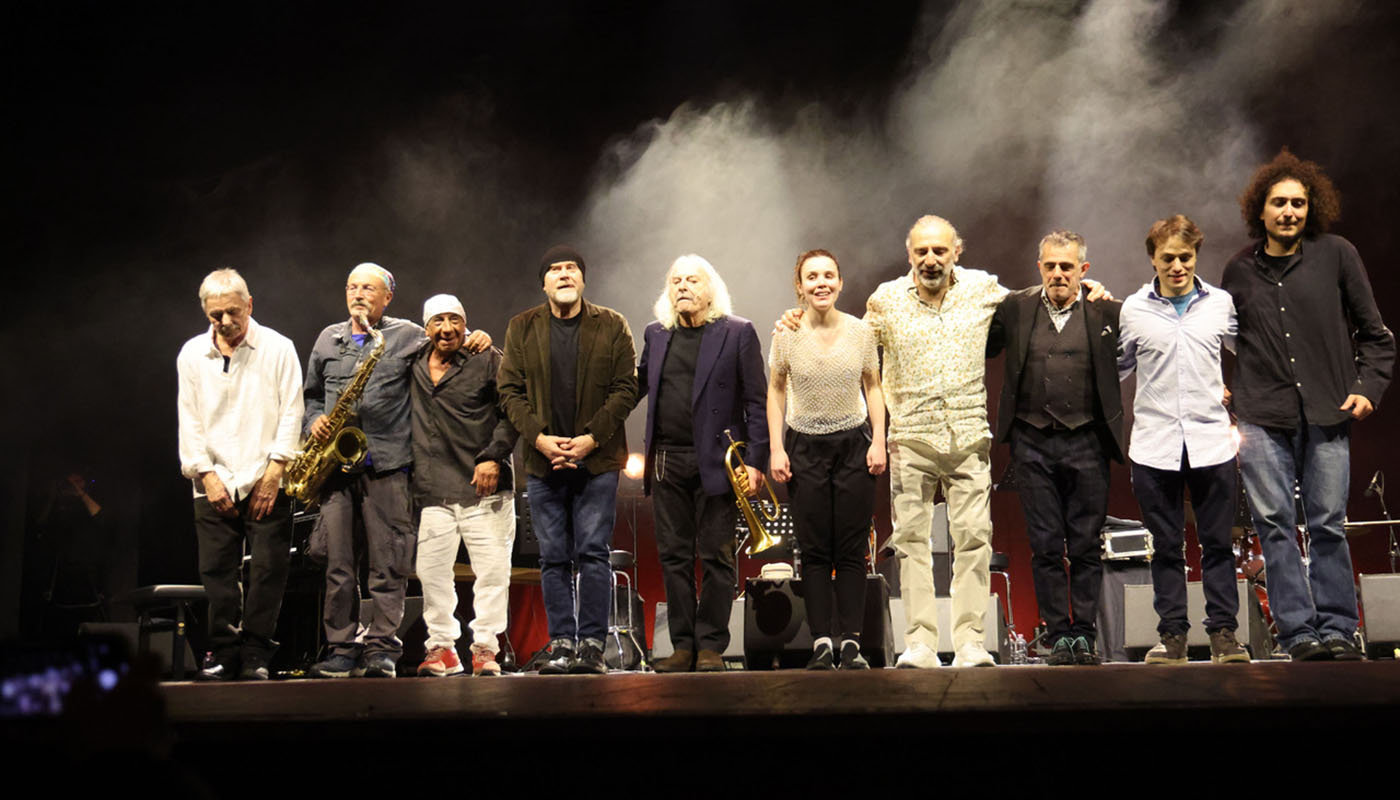
BRIDGE AND NORTH EAST – A STARTING POINT FOR THE FUTURE CITY
by GIANCARLO VELLISCIG
After many years, I returned to bring music to Gorizia, resuming the thread of a discourse that in the 90s had produced ten consecutive editions of the “Incontri Jazz” festival, bringing to Gorizia musicians of great national and international level (I can remember Michel Petrucciani, Charlie Handen, Richard Galliano, Massimo Urbani, John Scofield…), creating the conditions for a truly lively and intense season for Gorizia and the whole Isonzo area. In fact, the city participated in those meetings with all its components (even with the support of a then beardless and more “receptive” Councilor for Culture Rodolfo Ziberna…), filling the theaters and spaces not only cultural, but also those related to hospitality and welcome (there was life in the clubs and avenues of the city until late…).
In those years, new associations and new cultural projects were born, some more or less active even today.
Thirty years have passed since then and the city I found is really very different from the one I remembered and loved (having also spent my high school years there maintaining a number of fraternal friends…).
The winning project that convinced the EU to sanction the union between Nova Gorica and Gorizia by naming them “European Capital of Culture” was the occasion for a renewed season of cultural vitality and active overcoming of ancient distances between those who actually live two meters from the border, but in truth remained miles away.
In this context, I imagined it was necessary to create a project that would give a strong and important sign of a renewed presence of Gorizia on the Italian music scene, in the jazz field, at the highest levels. And precisely because of the main characteristic of jazz, which is the common language between musicians of different origins, cultures and generations, we have created a series of events that bring together Italian and Slovenian musicians who, as always happens, well before politics have been able to find fascinating and creative common dialogues.
For “Ponte a Nord Est” we have therefore imagined a series of meetings between local musicians from both sides to be held in the city; and then, to give a strong boost and promotional value to the project, I made the most of the infinite friendships made in over 40 years of work in the sector, convincing a group of historic Italian jazz musicians to work together for several days and prepare a concert/event for Go!2025; first among these, my old friend Stefano Bollani who took an active part in identifying the definitive cast including Enrico Rava, Paolo Fresu, Roberto Gatto…, and in designing the artistic path of the extraordinary ensemble.
This, then, is the path of “Ponte a NordEst” which has engaged us for months at an organizational level to identify places and spaces suitable to fulfill the various technical, functional and aesthetic needs of such a production.
After many years, I have traveled the length and breadth of the center of Gorizia and its suburbs, looking for glimpses that could offer a beautiful and lively image of the city (even in the hypothesis, more than concrete, that an important docufilm is born from the project…), and I must say that, despite the exceptional nature of the GO!2025 event, and apart from the construction sites still open to mark a delay in the end of the works that I dare not adjective…, I found a flood of closed spaces, activities and shops for sale, a market with four open stalls, very few people around, and overall little life in a capital city that, paradoxically, shows that it has suffered the opening of the border instead of enjoying its benefits.
I would have liked to verify that it is a “common evil” in the period in which we live, and that the same happens “beyond” the border… But it was not so.
In Nova Gorica, a town that has much less history and city image to offer, both the exceptionality of this year and the normality that will return in the years to come are experienced very differently. There is a diversity and enthusiasm that leave its mark, and that suggest how heartfelt is the opportunity that GO! 2025 represents for their community.
For Gorizia, on the other hand, I have the impression that GO! 2025 the city has simply “clung on”, to obtain huge funds with which to fix some decadent areas and spaces, host “impressive events” (usually reserved for much larger and more central metropolitan areas) that fill the pages of the media and, perhaps, the city for a few hours, but without a vision that imagines and plans a future open to new possible and stable opportunities.
For our events in the city I must say that I felt an interest and active attention from an excellent audience and the operators involved. The impression I carry inside, however, is that the city, and certainly those who govern it, is still too anchored to its past and that, beyond the rhetorical fraternity flaunted in official events, it still turns in a snooty sense of superiority towards its neighbor, maintaining its immobility, cradling symbols and reserving honors for unseemly pages of its recent history, thinking that this is insignificant, indeed, that it is ignored by the other side! But it is not so!
I hope that future Gorizia will be able to find, despite this, its own perspective of role and development, perhaps promoting new activities and languages that, from the people, can make intelligences and fertile projects flourish and flow, just as jazz and “Ponte a Nord Est” has tried to do.
